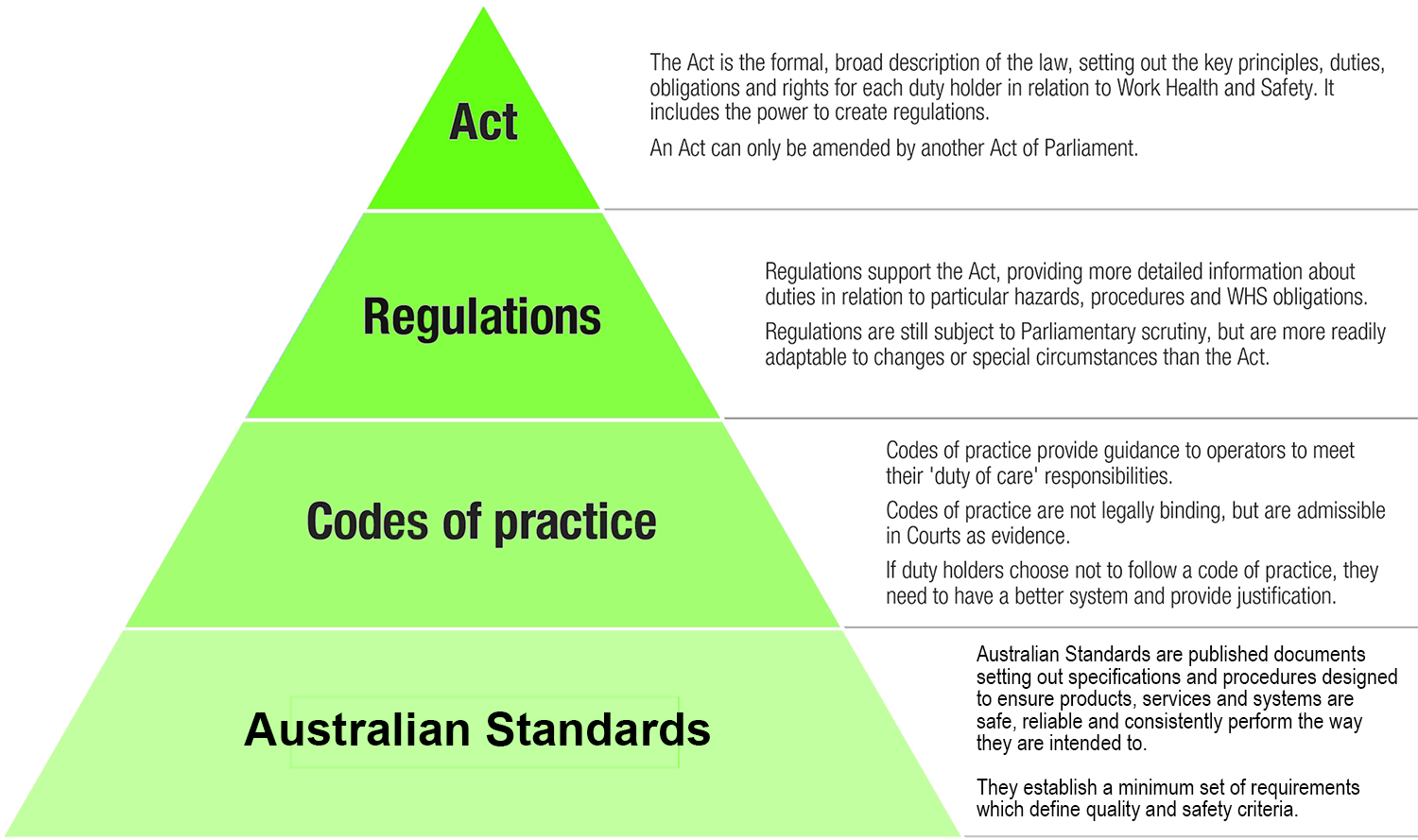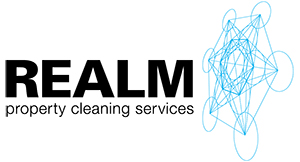In addition, currently Queensland, Northern Territory, Western Australia, and Victoria have introduced workplace manslaughter offences. In Victoria, for example, these offences can be applied to a person (and their officers) who hold duties under Part 3 of the OHS Act (Victorian Occupational Health and Safety Act 2004).
Penalties include a maximum 20 years imprisonment for individuals with a maximum fine of $16.5 million for companies
Worksafe Victoria defines negligent conduct as, when a person:
- does not adequately manage, control or supervise its employees
- does not take reasonable action to fix a dangerous situation, in circumstances where failing to do so causes a high risk of death, serious injury or serious illness
Negligent conduct can include a failure to act.
Working at heights is classified as high risk work, and not providing effective height safety equipment, systems and procedures to ensure safe access and fall protection for works to be carried out on top of your buildings could be seen as negligent. This includes not only your direct employees, but also sub contractors and their workers.
In the case of roof mounted equipment, such as HVAC (heating, ventilation, air conditioning and cooling), and facade maintenance such as window cleaning, lighting, signage, roof plumbing, there is a high risk of falls.
Designers and architects have a duty of care to ensure, so far as is reasonably practicable, that the plant, substance or structure is designed to be without risks to the health and safety of persons. This includes the provision of safe methods and equipment for the maintenance of plant & machinery.
Where design considerations have not reduced the risk, both the building owner and the employer of the sub contractors have a duty of care to provide a safe working environment for those persons conducting work in high risk areas.


